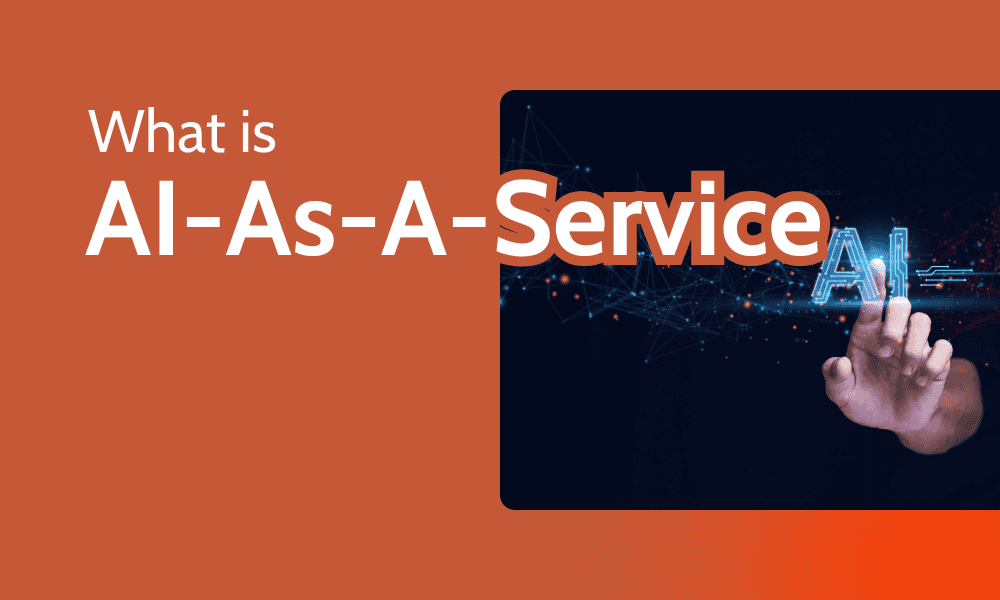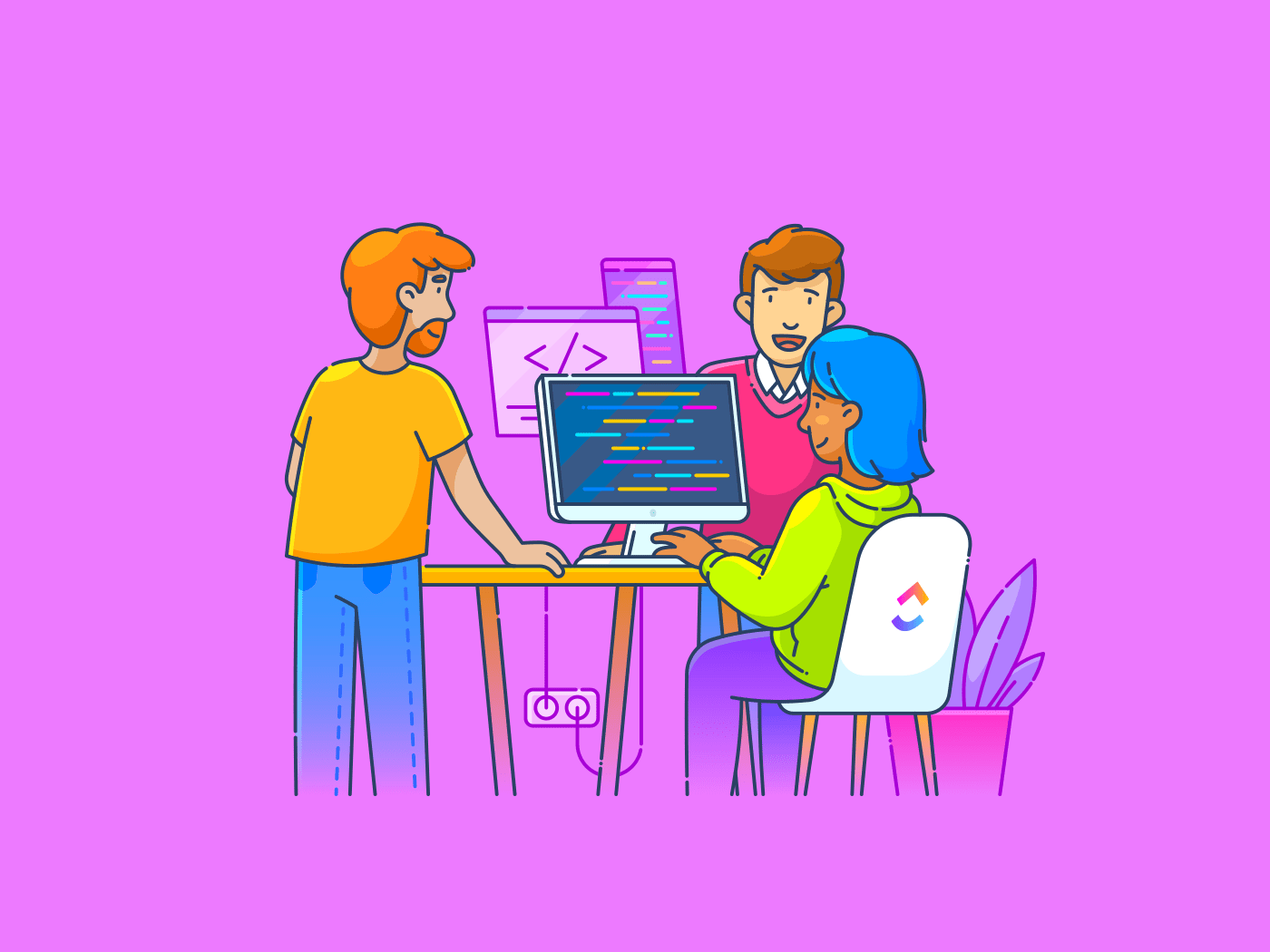At this commercialised phase of cloud computing, the greatest selling point is the ability to speed up product time-to-market for developers and builders, eliminating huge initial investment costs. It is also notorious for racking hidden costs, as this seemingly cheap, flexible option can balloon into an unpredictable and overwhelming line item on your budget.
From almost 2 years of experience managing monthly cloud costs for a company of 300+ employees, the major cost drivers are compute, data transfers, and storage. The impact of these cost drivers is usually multiplied in enterprises that run multiple application environments like dev, staging, and prod. Often, the resources spun up in the dev/staging environments far outweigh what is needed, resulting in waste.
To keep these high-cost drivers in check, cloud users should implement some or all of these cost-saving options.
Automate resource clean-up to eliminate wasted spend
When working in a dev/test environment, rely on automation rather than human discipline to clean up, which often doesn’t scale well. With automation, for example, resources provisioned through a CI/CD pipeline can be assigned a time-to-live (TTL) period to ensure they’re automatically cleaned up after use. This doesn’t impact production because it’s dev/test, and that’s an easy place to start.
Take advantage of standardised patterns
Leverage standardised usage patterns to unlock cost-saving opportunities like reserved instances or enterprise discount plans. By defining common instance types such as small, medium, and large across the organisation, teams can consolidate demand and make bulk purchases of those specific types, maximising discounts. This is far more efficient than spreading usage across many slightly different instance configurations in smaller quantities. It is easy to build these standards into Terraform modules, for instance, and define which instance type is categorised as small, medium, or large.
Match resources to workloads for optimal cost efficiency
Developers often over-provision infrastructure, for example, assigning 64 CPU cores to an application that only needs 8. To avoid unnecessary costs, monitor metrics like peak CPU utilisation and scale resources vertically to better match demand, and in cases where high availability isn’t critical, consider horizontal downscaling to further reduce overhead. Additionally, implement autoscaling strategies by setting minimum and maximum capacity thresholds based on observed traffic patterns, ensuring resources scale dynamically with workload fluctuations.
Design cost-aware architectures from the ground up
Designing with cost in mind means making architectural choices that minimise unnecessary expenses. Data transfer cost, one of the major cost drivers, is typically influenced by data travel direction, within or outside VPCs, availability zone, and regions. AWS explains how structuring your network architecture to keep traffic within the same availability zone or region can significantly reduce data transfer costs. Similarly, it’s important to regularly monitor how data is stored and how long it needs to be retained. Not all data requires high-performance, high-cost storage solutions. Frequently accessed data might justify being stored in faster, more expensive storage tiers, but infrequently accessed or archival data should be moved to lower-cost storage classes such as Amazon S3 Glacier, Azure Cool Blob Storage, or Google Cloud Archive.
Implementing lifecycle policies helps automate this process by transitioning data between storage classes based on age, access frequency, or business rules. This ensures you’re not paying premium rates for storing old log files, backups, or audit data that’s rarely accessed but still needs to be retained for compliance or historical purposes. Proper classification and tiering of storage can result in substantial long-term savings, especially as data volume grows.
Budgeting and resource tagging for cost visibility and accountability
One effective way to manage cloud spend across an organisation is to allocate specific monthly budgets to individual teams, departments, or business units. Alongside this, implementing consistent resource tagging on cloud resources to associate them with their respective owners.
This tagging enables detailed cost tracking and reporting, allowing organisations to break down cloud expenses by team or function. Most cloud providers offer tools like AWS Cost Explorer, Azure Cost Management, or Google Cloud Billing Reports, which work best when tags are properly configured.
By making teams directly responsible for their cloud usage, they are more likely to evaluate their provisioning decisions, clean up unused resources, and avoid unnecessary spending when they see the direct impact on their budget. It transforms cloud cost management from a centralised concern into a shared responsibility in day-to-day engineering practices.
Ultimately, cost optimisation isn’t just a financial concern; it’s a technical discipline that leads to more resilient, maintainable, and scalable applications. Architecting with cost efficiency in mind empowers developers to build more sustainable systems without sacrificing performance. By applying these strategies, teams can significantly reduce cloud spend.
___________
Osinachi Ibiam-Uro is a Cloud-savvy DevOps Engineer delivering secure, scalable infrastructure for Web3 and AI enterprise teams. Passionate about automation, cost optimisation, and cross-cloud deployments. She loves building reliable systems in the cloud using Terraform, Kubernetes, and GitHub Actions across AWS and GCP.
Mark your calendars! Moonshot by is back in Lagos on October 15–16! Join Africa’s top founders, creatives & tech leaders for 2 days of keynotes, mixers & future-forward ideas. Early bird tickets now 20% off—don’t snooze! moonshot..com










